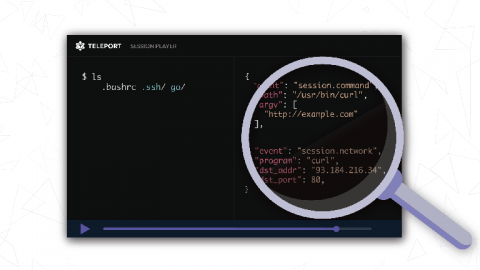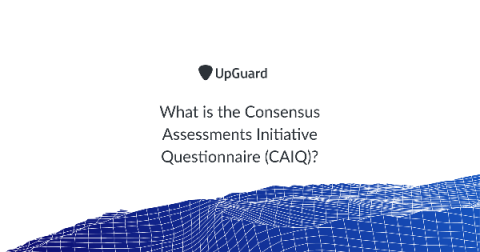Using BPF to Transform SSH Sessions into Structured Events
Teleport 4.2 introduced a new feature called Enhanced Session Recording that takes an unstructured SSH session and outputs a stream of structured events. It’s the next step in Teleport’s evolution that uses new technology (eBPF or now simply known as BPF) to close some gaps in Teleport’s audit abilities. Below you can see an illustration of this feature and if you keep reading, we’ll get into some of the technical details.










